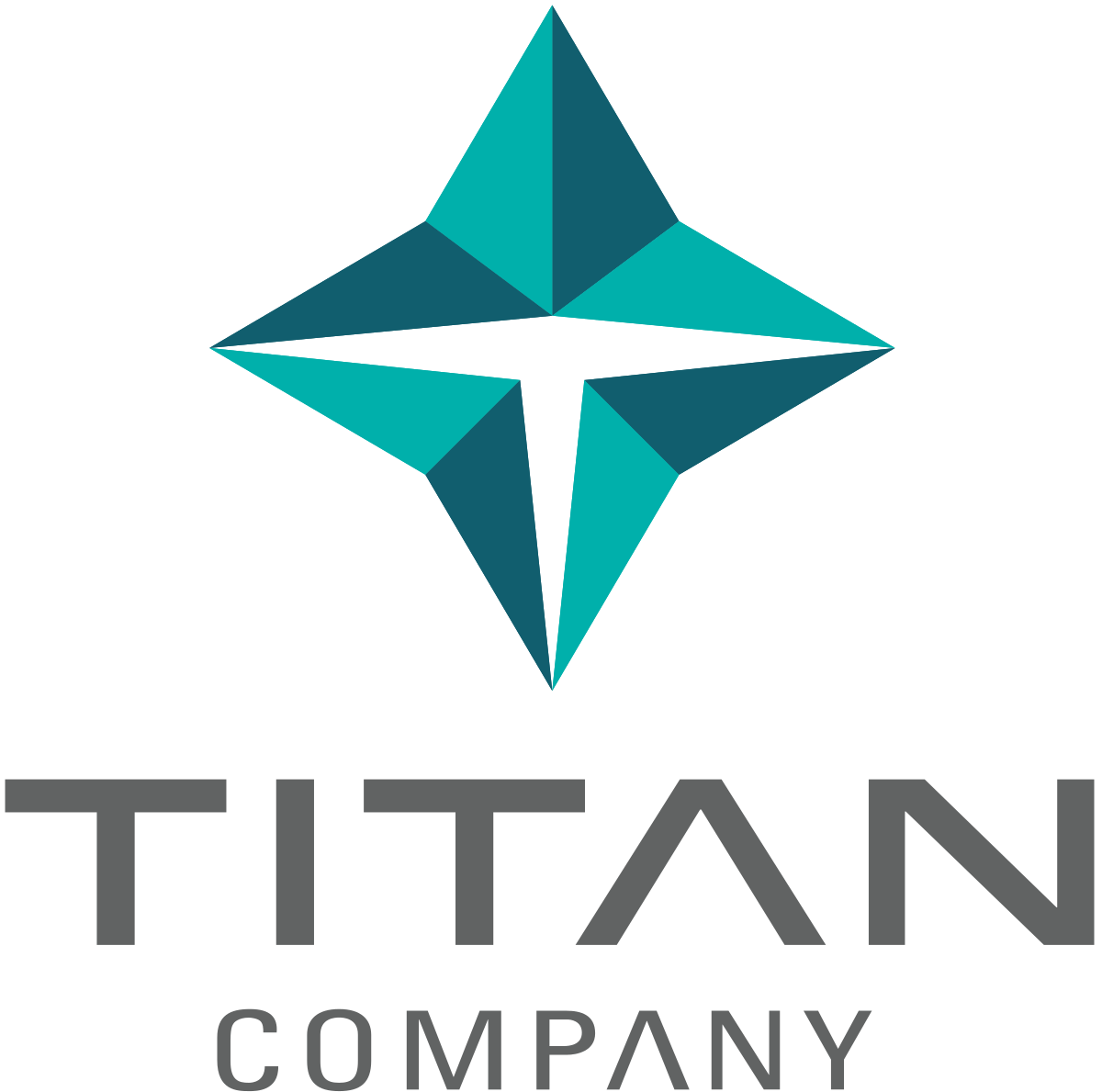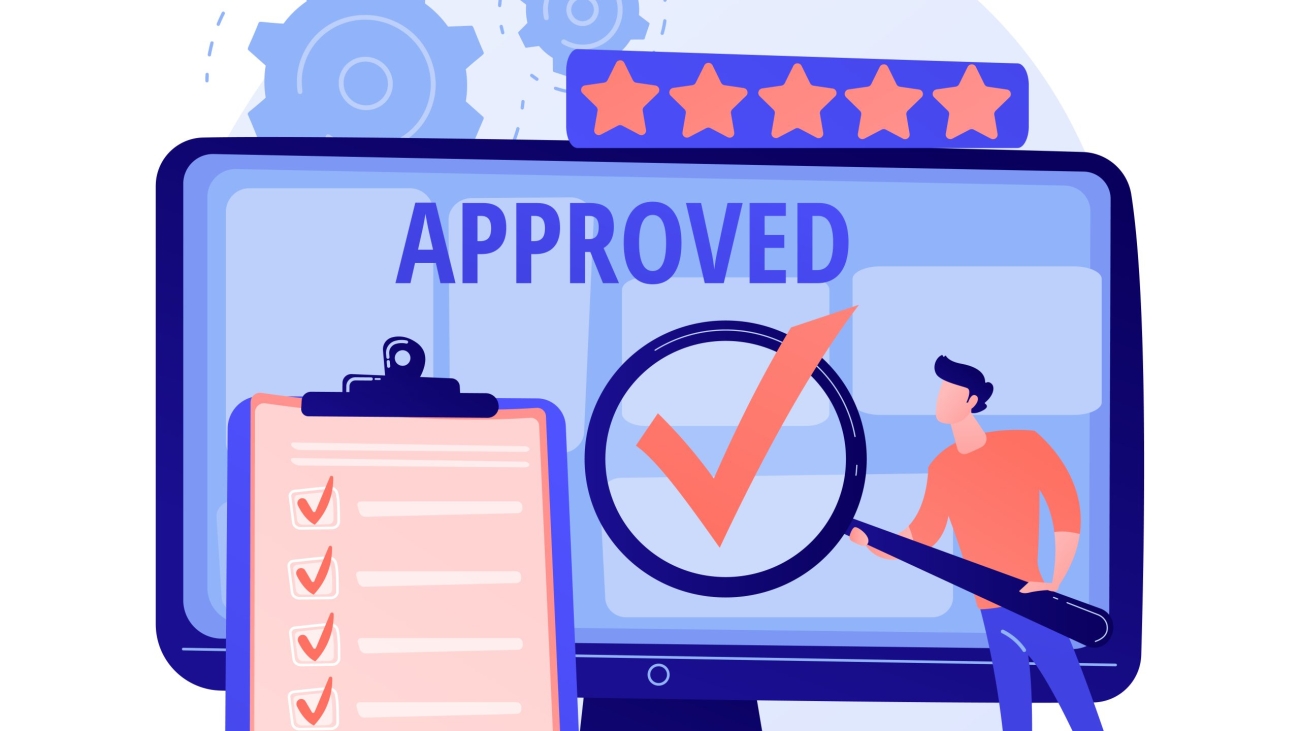Diwali Sales: How to Incentivize Retailers and Channel Partners

Diwali is one of the most lucrative times for businesses across India, with consumers flocking to buy everything from electronics and jewelry to FMCG products and apparel.
While consumer demand spikes during this period, it’s crucial to ensure that your retailers and channel partners are fully motivated to push your products above the competition.
In this blog, we’ll explore strategies to create effective channel sales incentive programs for retailers and dealers this Diwali. Additionally, we’ll discuss how utilizing a platform like My Incentives can streamline these efforts and add features like co-branding, real-time rewards, and customized incentives.

Thinking about implementing an incentive solution for your team?
Schedule a free Proof of Concept session tailored for your brand
Why Diwali is a Critical Time for Channel Partners
During Diwali, sales for key sectors like electronics, jewelry, FMCG, and apparel can increase significantly.
But simply having the products isn’t enough—your channel partners (retailers, dealers, mechanics) are crucial to moving your products off the shelves.
To get the most out of the festive season, your incentive program needs to give them the motivation to prioritize your brand and push your products to the forefront.
By offering creative and targeted incentives, you can ensure that your channel partners remain focused on meeting Diwali-specific goals and capitalize on this surge in demand.
Structuring Effective Incentive Programs for Retailers and Channel Partners This Diwali
1. Build Excitement with Co-Branding Opportunities
Co-branding is a highly effective strategy for Diwali, especially when your channel partners want to amplify their local presence. Offering co-branded promotions can enhance both your brand’s visibility and your retailers’ ability to drive traffic and sales.
Strategy Tip:
- Co-Branding for Diwali Offers: Partner with your top retailers or dealers to co-brand Diwali promotions. Whether it’s special in-store signage, joint marketing campaigns, or social media posts, co-branding builds stronger relationships and encourages partners to promote your brand more aggressively.
- Product Packaging: Provide festive co-branded packaging for your products, allowing retailers to display them prominently as Diwali gifts, which enhances appeal and sales.
2. Offer Tiered and Targeted Incentives for Specific Product Categories
Different retailers have different priorities during Diwali. While large retailers might focus on high-ticket electronics, smaller stores may push more festive FMCG items. Tailoring your incentives to focus on the products each channel partner wants to sell can keep them engaged and motivated.
Strategy Tip:
- Product-Specific Rewards: Offer tiered incentives based on sales of specific high-demand items like premium electronics, gold jewelry, or special edition festive gift packs. For example, offer double points or higher cash rewards for pushing products that have the highest profit margins.
- Exclusive Product Launches: Introduce new products during Diwali and offer exclusive early access to your top-performing retailers as part of their reward program. This makes them feel valued and incentivizes them to push new releases.
3. Use Limited-Time Festive Bonuses to Create Urgency
During the Diwali season, creating urgency with time-bound offers can motivate retailers to focus their energy on pushing your products quickly. These bonuses not only encourage fast sales but also keep your brand top of mind during the peak shopping days.
Strategy Tip:
- Flash Sales and Special Days: Offer limited-time bonuses for retailers who sell specific products on key festive days like Dhanteras or Diwali weekend. You can also introduce flash sales for high-ticket items, offering retailers additional bonuses for quick sales within a limited timeframe.
4. Boost Participation with Gamified Incentives
Gamification is a powerful way to engage your retailers and channel partners during the Diwali season. Creating fun, competitive elements like leaderboards, achievements, and team challenges can make the incentive program more engaging, driving higher participation.
Strategy Tip:
- Leaderboards and Competitions: Launch a festive leaderboard competition where retailers can compete to see who can push the most sales or clear inventory fastest. Offer exclusive rewards like holiday packages, Diwali hampers, or high-end electronics to the top performers.
- Team-Based Challenges: Create regional or store-based sales challenges where teams can compete for top prizes. This fosters both competition and cooperation within regions, motivating higher sales numbers.
5. Introduce Real-Time Rewards and Flexible Redemption
Retailers are more likely to stay engaged if they see immediate results for their efforts. Offering real-time rewards that are easy to track keeps them motivated throughout the busy season, and flexible redemption options ensure that each channel partner gets what matters most to them.
Strategy Tip:
- Real-Time Reward Tracking: Use a platform like My Incentives to offer real-time tracking of sales targets, points, and rewards. Instant tracking helps keep motivation high, allowing retailers to see their progress and adjust their sales tactics as needed.
- Flexible Rewards: Offer cash rewards, gift vouchers, or even luxury items that channel partners can choose from. Whether they want to redeem points for a Diwali vacation or for festive shopping, the flexibility of your reward program will keep them engaged.
6. Offer Festive-Themed Co-Branded Promotions
Diwali-themed promotions can make your product offerings more appealing to both retailers and customers. Consider adding a festive twist to your incentive program by launching exclusive co-branded promotions that enhance the overall shopping experience.
Strategy Tip:
- Festive Themed Packaging & Promotions: Offer co-branded promotions where retailers feature your products as part of Diwali gift bundles. Whether it’s co-branded social media ads or exclusive in-store Diwali decorations featuring your brand, these efforts help boost both brand visibility and product sales.
- Co-Branded Events: Collaborate with retailers to host Diwali shopping events with joint branding. Not only does this encourage retailers to push your products, but it also adds value to the customer’s shopping experience.
7. Tiered Reward Systems for Consistent Performance
While the Diwali season is intense, you want your retailers to stay consistent throughout the period. Offering tiered rewards encourages them to maintain high sales performance over the entire festive season, not just for one or two peak days.
Strategy Tip:
- Bronze-Silver-Gold Tiers: Create a tiered system where retailers earn bigger rewards as they hit sales milestones. For example, Bronze-level rewards could be for retailers who hit ₹1 lakh in sales, while Gold-level rewards are reserved for those crossing ₹5 lakh. This structured approach ensures they continue pushing for higher sales throughout the season.
Real-Life Example: Diwali Channel Incentive Success Stories
1. Electronics Brand’s Co-Branded Festive Campaign
An electronics brand partnered with its top retailers to launch co-branded Diwali gift bundles that featured exclusive discounts and limited-edition products. Retailers who sold over ₹2 lakh worth of products in these bundles were given bonus incentives, while customers received festive gift vouchers for future purchases.
An electronics brand partnered with its top retailers to launch co-branded Diwali gift bundles that featured exclusive discounts and limited-edition products. Retailers who sold over ₹2 lakh worth of products in these bundles were given bonus incentives, while customers received festive gift vouchers for future purchases.
2. FMCG Leaderboard Competition
A leading FMCG company ran a competitive leaderboard challenge, offering top-performing retailers additional bonuses for selling high-margin festive gift packs. The top three retailers on the leaderboard were given luxury Diwali hampers, and the company saw a 30% sales increase in gift pack categories during the festive period.
A leading FMCG company ran a competitive leaderboard challenge, offering top-performing retailers additional bonuses for selling high-margin festive gift packs. The top three retailers on the leaderboard were given luxury Diwali hampers, and the company saw a 30% sales increase in gift pack categories during the festive period.
Conclusion: Make Diwali a Winning Season with the Right Incentive Strategy
Diwali offers a unique opportunity to boost sales, but it requires engaging and motivating your channel partners with the right incentive strategy. From co-branding opportunities and real-time rewards to tiered structures and gamified leaderboards, these strategies can help you stay ahead of the competition and maximize your brand’s presence during the festive rush.
With My Incentives, you can effortlessly manage and scale these incentive programs, providing channel partners with a seamless experience that keeps them motivated and on track throughout the Diwali season.
Ready to launch a winning incentive program this Diwali? Let’s connect and explore how My Incentives can help you drive success.
“With automated partner onboarding and KYC verification, we’ve streamlined operations and accelerated partner engagement. The gamification features, including leaderboards, have sparked healthy competition and boosted productivity.”

1. What is the best way to structure a Diwali incentive plan?
The most effective Diwali incentive plans often include a mix of short-term urgency, such as limited-time rewards, and long-term consistency through tiered incentives. Combine this with personalized rewards and real-time tracking to maximize engagement.
2. How can I use limited-time incentives to boost Diwali sales?
Limited-time incentives create urgency, motivating your team to hit targets quickly. For example, you can offer double points or higher bonuses for sales made during the week leading up to Diwali, encouraging a sales push during high-demand days.
3. Can gamification enhance my Diwali incentive program?
Yes, gamification can significantly boost engagement. By introducing leaderboards, achievement badges, or competitive challenges, you make the incentive program more fun and engaging, driving your team to outperform each other and push more products.
4. What types of rewards should I offer during Diwali?
Offer flexible rewards that matter to your team, such as cash bonuses, gift vouchers, branded merchandise, or luxury goods. Customizing rewards to match your team’s preferences will ensure that they stay motivated and excited to hit their targets.
5. How can My Incentives simplify the reward structure?
My Incentives offers a clear and easy-to-understand tiered rewards system. Mechanics can easily see what they need to do to earn points, making the program more accessible and engaging.

Ready to take your incentive program to the next level?
Schedule a free Proof of Concept session tailored for your brand
“With automated partner onboarding and KYC verification, we’ve streamlined operations and accelerated partner engagement. The gamification features, including leaderboards, have sparked healthy competition and boosted productivity.”

Ready to take your loyalty programs to the next level?
Schedule a free Proof of Concept session tailored for your brand
1. What is the best way to structure a Diwali incentive plan?
The most effective Diwali incentive plans often include a mix of short-term urgency, such as limited-time rewards, and long-term consistency through tiered incentives. Combine this with personalized rewards and real-time tracking to maximize engagement.
2. How can I use limited-time incentives to boost Diwali sales?
Limited-time incentives create urgency, motivating your team to hit targets quickly. For example, you can offer double points or higher bonuses for sales made during the week leading up to Diwali, encouraging a sales push during high-demand days.
3. Can gamification enhance my Diwali incentive program?
Yes, gamification can significantly boost engagement. By introducing leaderboards, achievement badges, or competitive challenges, you make the incentive program more fun and engaging, driving your team to outperform each other and push more products.
4. What types of rewards should I offer during Diwali?
Offer flexible rewards that matter to your team, such as cash bonuses, gift vouchers, branded merchandise, or luxury goods. Customizing rewards to match your team’s preferences will ensure that they stay motivated and excited to hit their targets.
5. How can My Incentives simplify the reward structure?
My Incentives offers a clear and easy-to-understand tiered rewards system. Mechanics can easily see what they need to do to earn points, making the program more accessible and engaging.


























